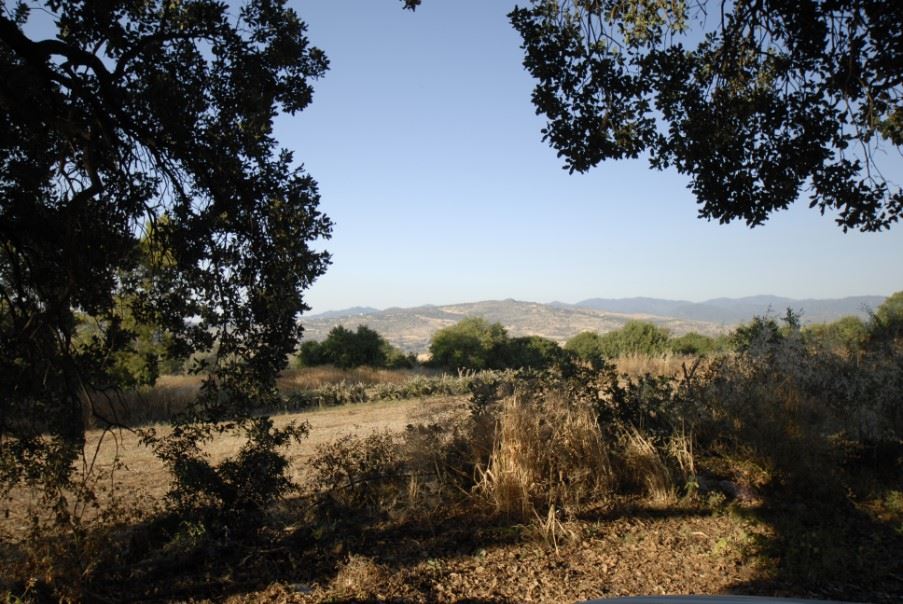The Leopard Giuseppe Tommasi di Lampedusa
I forget how old I was when I first read The Leopard, but it was certainly in my teens.
The Leopard, dealing with the fortunes of a Sicilian noble family beginning in the summer of 1860, at the time of the invasion of the island by Garibaldi, was my introduction to Sicily. I have never forgotten it and the interior of the island, with its sometimes decaying farms and manor houses, its dusty plains stretching to the horizon, still conjure up memories of the book.
Prince Fabrizio Salina, elderly, knowing that his way of life is rapidly changing and that death cannot be far away, holds sway over his family with their loves, disappointments and individual quirks. He is the epitome of a dying breed of feudal lords who were used to commanding and being listened to.
But all around him, what he and his family have known is slowly decaying and dying and the new order, represented by the upwardly mobile middle and political class is rapidly taking control over the old nobility represented by The Prince and his immediate family.
The prince does not seem to care, as if he has resigned himself to the inevitability of change and death and his family are free to either sink or swim.
In many ways a cruel book but one which perfectly captures the decadence of an era which is drawing rapidly to a close and one which describes a Sicily which, in many parts of the interior, has not changed at all.
The picture of Sicily painted by the book was one of the reasons why we decided to operate to the island.






